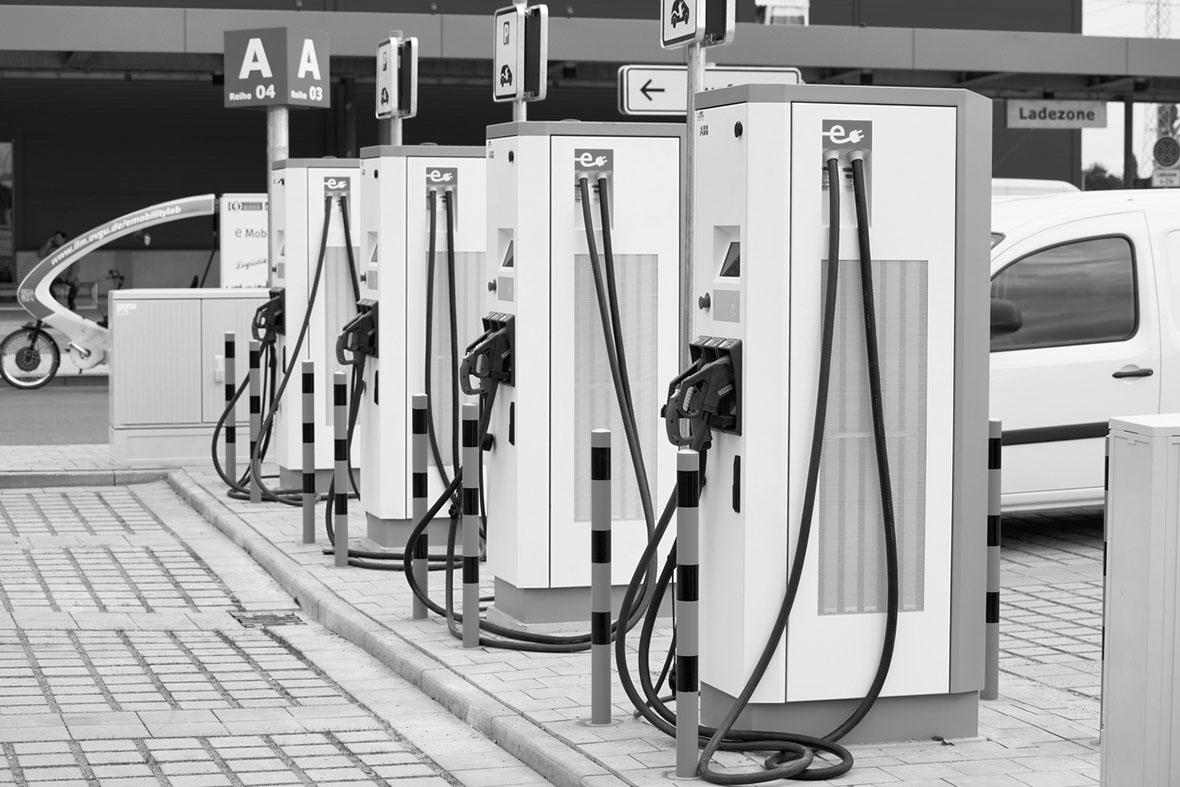Short Circuit: The High Cost of Electric Vehicle Subsidies

Many claim that “zero-emissions vehicles” (ZEVs), especially battery-powered electric vehicles, should replace most, if not all, cars and trucks powered by gasoline-burning internal combustion engines. The primary rationale is to reduce air pollution and carbon dioxide (CO2) emissions. To effect this change, governments are spending billions of dollars to subsidize electric vehicles.
These subsidies include state and federal tax credits for purchasing ZEVs and programs to subsidize the installation of vehicle-charging infrastructure in businesses, households, and along highways. Several states also have mandated the sale of ZEVs. For example, an executive order signed by California governor Jerry Brown in January requires 5 million ZEVs to be on the state’s roads and highways by 2030.
Will these subsidies and programs accomplish their objectives? And at what cost? A review of the literature finds few cost-benefit studies on these key questions.
Broad-based adoption of ZEVs will increase overall emissions of sulfur dioxide, oxides of nitrogen, and particulates, compared with the same number of new internal combustion engines. The simple fact is that, because of stringent emissions standards and low-sulfur gasoline, new gasoline-powered cars and trucks today emit very little pollution, and they will emit even less in the future. While new ZEVs will reduce CO2 emissions compared with new internal combustion vehicles, the overall reduction will be less than 1% of total forecast energy-related U.S. CO2 emissions through 2050.
That reduction will have no measurable impact on world climate—and thus the economic value of CO2 emissions reductions associated with ZEVs is effectively zero.
Source: manhattan-institute.org